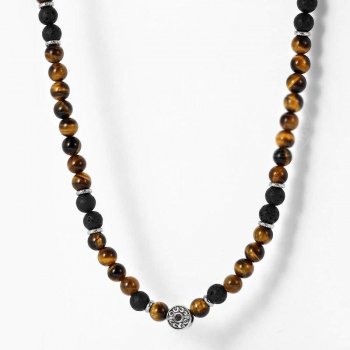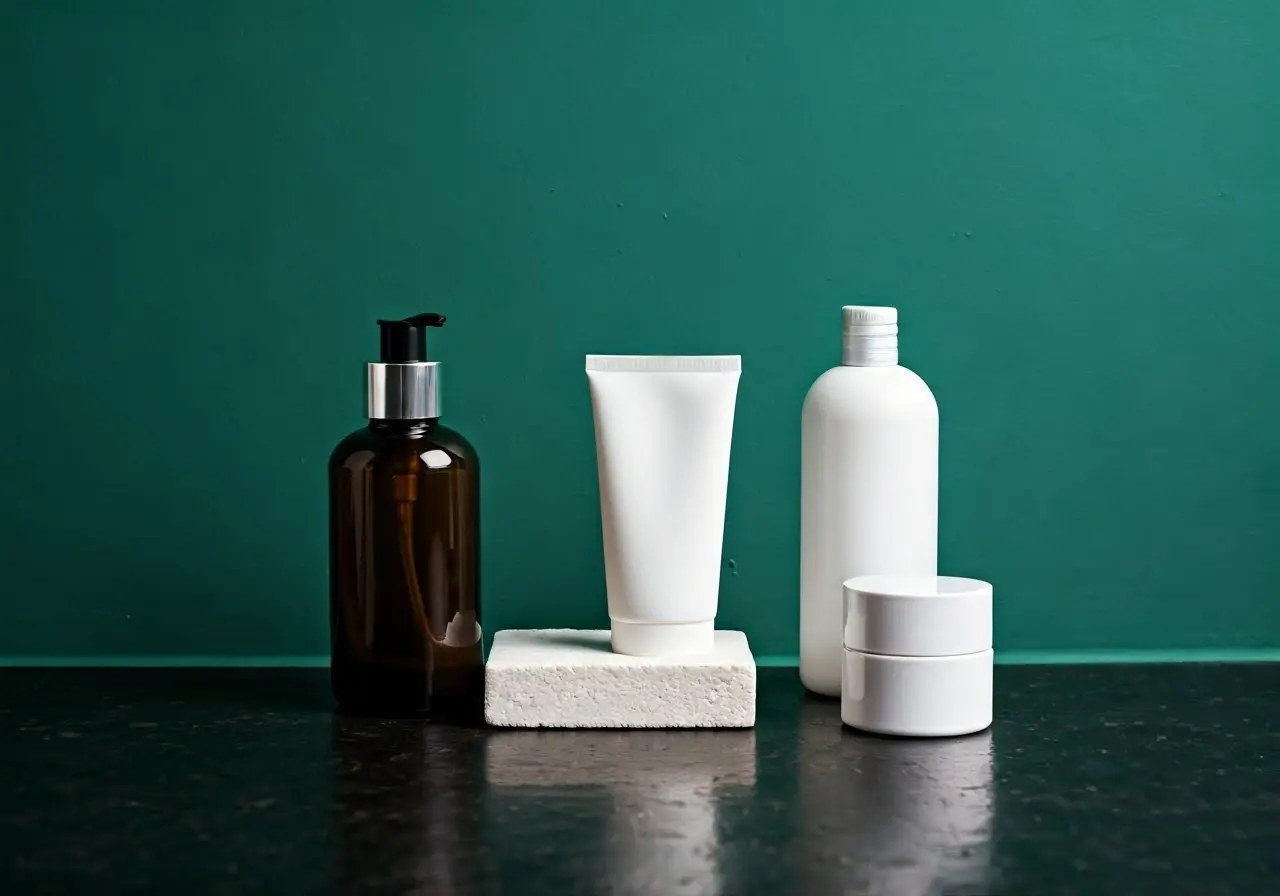Incorporating skincare products into your daily routine can seem like a daunting task, especially with the plethora of options available. However, with a bit of guidance and a well-structured routine, achieving healthy and glowing skin is entirely possible. This blog will walk you through the steps to seamlessly integrate skincare into your daily life, making it a simple and enjoyable part of your day.

Understanding Your Skin Type
Before you can effectively integrate skincare products into your daily routine, it’s crucial to understand your specific skin type. Whether you have oily, dry, combination, or sensitive skin, knowing this will help you choose the right products suited for your unique needs. Your skin type can change over time, influenced by factors like age, environment, and hormonal changes. Ensuring that you’re up-to-date with your skin’s current state is crucial for selecting the most effective skincare products.
If you’re uncertain about your skin type, there are several methods to help you determine it. One simple way is the ‘bare-faced test.’ Wash your face with a gentle cleanser, then wait for about an hour without applying any products. Observe your skin’s behavior: does it feel tight or show dry patches? You likely have dry skin. Is your face shiny or greasy, especially in the T-zone (forehead, nose, and chin)? You might have oily skin. A combination of both dry patches and oily areas often indicates combination skin, while redness and irritation can be signs of sensitive skin.
Understanding your skin type will also allow you to tailor your skincare routine to meet your specific needs. For example, if you have oily skin, focus on products that control shine and prevent acne, such as those containing salicylic acid or benzoyl peroxide. Conversely, dry skin will benefit from hydrating ingredients like hyaluronic acid and glycerin. Sensitive skin types should look for fragrance-free and hypoallergenic products, which are less likely to cause irritation.
Building a Basic Routine
A basic skincare routine typically includes cleansing, toning, and moisturizing. Start with a gentle cleanser to remove impurities, followed by a toner to balance your skin’s pH levels, and finish with a moisturizer to keep your skin hydrated. Cleansers are essential for removing dirt, oil, and makeup from your skin. Be sure to choose a cleanser suited to your skin type—gel-based formulas for oily skin, milk or cream cleansers for dry skin, and hypoallergenic options for sensitive skin.
Next, incorporate a toner into your routine. Toners can help remove any remaining impurities after cleansing, tighten pores, and balance the pH of your skin. Look for toners that contain beneficial ingredients like witch hazel for oil control, rose water for hydration, or green tea extract for soothing inflammation. It’s important to note that toners have evolved and are no longer the alcohol-based astringents of the past; today’s formulas are much gentler and more beneficial for the skin.
Lastly, moisturizing is a non-negotiable step in any skincare regimen. Moisturizers help to lock in hydration and create a protective barrier on your skin. Opt for lightweight, oil-free moisturizers if you have oily skin, heavier creams for dry skin, and calming formulas with ingredients like aloe vera or chamomile for sensitive skin. For combination skin, a balancing moisturizer that hydrates without being too heavy is ideal.
This three-step routine—cleansing, toning, and moisturizing—is simple enough to practice daily but effective enough to produce noticeable improvements in your skin’s health and appearance. For those interested in taking their routine a step further, applying a serum before moisturizing can introduce additional benefits, such as added hydration or targeted treatments for issues like dark spots or fine lines.
Choosing the Right Products
Selecting the right skincare products is essential for efficacy. Look for products with ingredients that address your specific skin concerns, such as hyaluronic acid for hydration, salicylic acid for acne, or antioxidants for anti-aging. It’s important to remember that skincare is not a one-size-fits-all endeavor; what works for someone else might not work for you. Therefore, it might take a bit of trial and error to find the perfect products for your skin.
When selecting products, pay attention to the ingredient list. For hydration, ingredients like hyaluronic acid and glycerin are terrific as they draw moisture into the skin. If you’re dealing with acne, products containing salicylic acid, benzoyl peroxide, or tea tree oil can be very effective. For anti-aging, look for products with retinoids, vitamin C, and peptides to help reduce the appearance of fine lines and wrinkles. Additionally, if you have sensitive skin, avoiding products with alcohol, artificial fragrances, and dyes can prevent unnecessary irritation.
It’s also helpful to read reviews and seek recommendations from reputable sources or dermatologists. For instance, Beautiful With Brains offers insightful reviews on various skincare products, helping you make more informed decisions. Remember, introducing new products gradually into your routine can help you identify any adverse reactions and adjust accordingly.
When adding any new product to your routine, start with a patch test to ensure it doesn’t cause irritation or an allergic reaction. Apply a small amount of the product on a discreet part of your face, like behind your ear, and wait for 24-48 hours to see if there’s any reaction. If everything seems fine, you can then incorporate it into your daily routine.
Morning vs. Night Routine
Understanding the difference between your morning and night skincare routine is important. In the morning, focus on protection with sunscreen and lightweight products, whereas the night routine should revolve around repair with serums and heavier creams. Morning routines are usually about prepping your skin to face the day, so they revolve around lightweight and protective layers.
Start your morning routine with a gentle cleanser to wash away the night’s build-up of sweat, oils, and any skincare products you applied before bed. Follow with a toner to hydrate and prepare your skin for the next steps. A good antioxidant serum containing vitamin C can protect your skin from environmental aggressors and boost your sunscreen’s efficacy. Lastly, apply a moisturizer and a broad-spectrum sunscreen with at least SPF 30 to shield your skin from harmful UV rays. Sunscreen is a critical step in any morning routine as it helps prevent sun damage, which can lead to premature aging and skin cancer.
Nighttime skincare routines are your opportunity to repair and nourish your skin. Start with a more thorough cleanse using a gentle cleanser followed, if necessary, by a makeup remover or micellar water. If you haven’t already incorporated a toner, now is a great time. Nighttime is also the perfect time to use treatments with active ingredients like retinol, which are known for their anti-aging benefits. These ingredients can make your skin more sensitive to the sun, so nighttime application helps mitigate this issue.
Follow your nighttime cleanse with a nourishing serum tailored to your skin’s specific needs—whether it’s an anti-aging serum packed with peptides, a hydrating hyaluronic acid serum, or a brightening vitamin C serum. Finish off with a richer, more intense moisturizer or facial oil to lock in moisture and support skin recovery as you sleep. The use of products like retinol and other night-specific treatments can help in accelerating cell turnover and collagen production, assisting your skin in its natural repair processes.
Incorporating Additional Treatments
Once you have a basic routine in place, you can consider adding additional treatments such as exfoliants, masks, and serums to target specific skin concerns. These treatments can provide extra benefits and enhance your routine. For example, exfoliating once or twice a week can help remove dead skin cells and promote skin renewal, leading to a smoother, brighter complexion.
Exfoliants come in two main types: physical and chemical. Physical exfoliants have small beads or particles that manually slough off dead skin cells. On the other hand, chemical exfoliants like glycolic acid and salicylic acid dissolve the bonds between dead skin cells, making it easier to wash them away. Choosing the right type of exfoliant depends on your skin type and sensitivity. For instance, those with sensitive skin might prefer a gentle chemical exfoliant over a scrubbing physical one.
Incorporating masks into your routine can also be highly beneficial. There are various types of masks tailored to different skin needs, such as hydrating masks for dry skin, clay masks for oily skin, and soothing masks for sensitive skin. Using a mask once or twice a week can give your skin an extra boost and address specific concerns effectively.
Serums are another effective addition. They are typically more concentrated than other skincare products and can deliver potent active ingredients deep into the skin. Depending on your skin concerns, you can choose serums with ingredients like vitamin C for brightening, hyaluronic acid for hydration, or retinol for anti-aging. For more insights on effective serums, you can check out Caroline Hirons who often reviews and recommends serums that fit various skincare needs.
The Importance of Consistency
Consistency is key to seeing results from your skincare routine. Stick to your routine, be patient, and give products time to work. Remember, skincare is a marathon, not a sprint. Immediate results are rare; most products take a few weeks to show significant changes, especially when dealing with issues like acne or hyperpigmentation.
Create a routine that you can realistically maintain. Rather than buying a plethora of products and trying to use them all at once, start with a few key items and build from there. Overloading your routine can sometimes do more harm than good, leading to irritation and potential skin barrier damage. The Dermstore blog recommends focusing on foundational products first, like a good cleanser, moisturizer, and sunscreen, before branching out into more specialized treatments.
Tracking your skincare routine can also help in maintaining consistency and spotting patterns in how your skin responds to different products. Keep a journal or use an app to note which products you’re using, when you started them, and any changes in your skin’s behavior. This practice can provide insights into what works best for your skin and help you stick to your routine.
Lastly, it’s important to remove any obstacles that might hinder your consistency. If your skincare products are tucked away in a cabinet, you might forget or skip your routine. Keeping them visible and within reach can serve as a reminder to stay on track. Additionally, incorporating your skincare routine into your daily habits, like doing it right after brushing your teeth, can make it easier to maintain long-term.
Achieving Radiant Skin with a Consistent Routine
Integrating skincare into your daily routine doesn’t have to be a complicated ordeal. By understanding your skin type, selecting the right products, and following a consistent routine, you can achieve a radiant and healthy complexion. Remember, the key to great skin is consistency and attention to what works best for you.





















Leave a comment